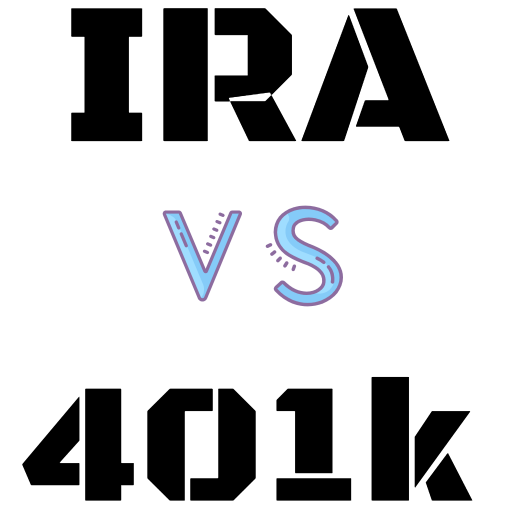
| Guest columnist
Most of us are smiling that 2020 is almost over and looking forward to a much less newsy 2021.
One of our first thoughts may be to increase our contributions to our company 401(k) plan. Good instinct, but keep in mind that the maximum contribution limits aren’t changing; under age 50 the max is still $19,500, and the lucky over-50 crowd can still add $6,500.
The CARES Act suspended mandatory distributions (from IRAs, beneficiary IRAs, 401(k)s, etc.) for 2020, and as of now, they’re back for 2021.
If you’re celebrating a 72nd birthday in 2021, your first required minimum distribution (RMD) is due before April Fool’s Day of 2022 and it’s based on your New Year’s Day 2021 account balance. If you take it in 2021, you won’t have to take two distributions in 2022. Check the marginal tax rates.
Gather traditional IRA, SEP and SIMPLE IRA, and any corporate retirement plan documents for accounts that you left behind at your previous place of employment. Check the balances of the accounts on Jan. 1 and calculate the required minimum distributions you’ll need to take.
When a spouse is 10 or more years younger than the account owner, there’s a separate table.
If the distribution is overlooked, the penalty is 50% of the required amount not taken. Combining accounts makes tracking this so much easier with less risk of missing a required withdrawal.
Traditional IRA contributions for a single person covered by an employer’s retirement plan phase out between $66,000 and $76,000 for 2021. This is an increase over the 2020 limits.
IRAs left to anyone other than a spouse are beneficiary IRAs, and they have very different rules. Every beneficiary must open a new separate account with the name, relationship, and dates of birth and death of the decedent. No rollovers or contributions may be added. If the beneficiary is a minor, the account must name a custodian and follow the state UGMA/UTMA statutes. Some states permit the age of termination to extend beyond the statutory age of termination. Complete this document carefully.
This new beneficiary IRA requires the designation of new beneficiaries. Distributions are taxable and may be taken at any time without a pre-age-59½ penalty. The 2019 SECURE Act requires most IRA beneficiaries to deplete the account in 10 years following the year of the account owner’s death. These payouts are taxed as ordinary income, and this 10-year window is a big tax-planning opportunity.
IRAs should be inherited only as trustee-to-trustee transfers to the new beneficiary IRA. There is no option for a 60-day rollover. Any distribution payable to a beneficiary directly will be taxable and will not be eligible to go into an IRA.
Inherited IRAs are not protected from creditors in bankruptcy under federal law.
For IRAs inherited prior to Jan. 1, 2020, annual required minimum distributions are still set using a life expectancy table. The same 50% tax penalty on any required amount not distributed applies as well.
It’s all about taxes. In retirement, consider requesting the custodian of the account to send federal tax payments to the IRS when distributions are taken. This may avoid a surprise tax bill.
Roth beneficiary IRAs have the same new 10-year distribution requirement and payouts are not taxed.
And lucky Roth IRA owners never have required distributions.
Mary Baldwin, CFP® is a fee-only financial planner at Buckingham Strategic Wealth in Indian Harbour Beach. Contact her at 321-428-4555 or mbaldwin@buckinghamgroup.com.
This analysis is for educational purposes only and not specific investment, accounting, legal, or tax advice. Seek advice from qualified professionals based on your individual circumstances. The analysis is based upon current data and information and may become outdated or otherwise superseded at any time without notice. Certain information may be based on third-party information and is deemed to be reliable, but its accuracy and completeness cannot be guaranteed. IRN-20-1625
